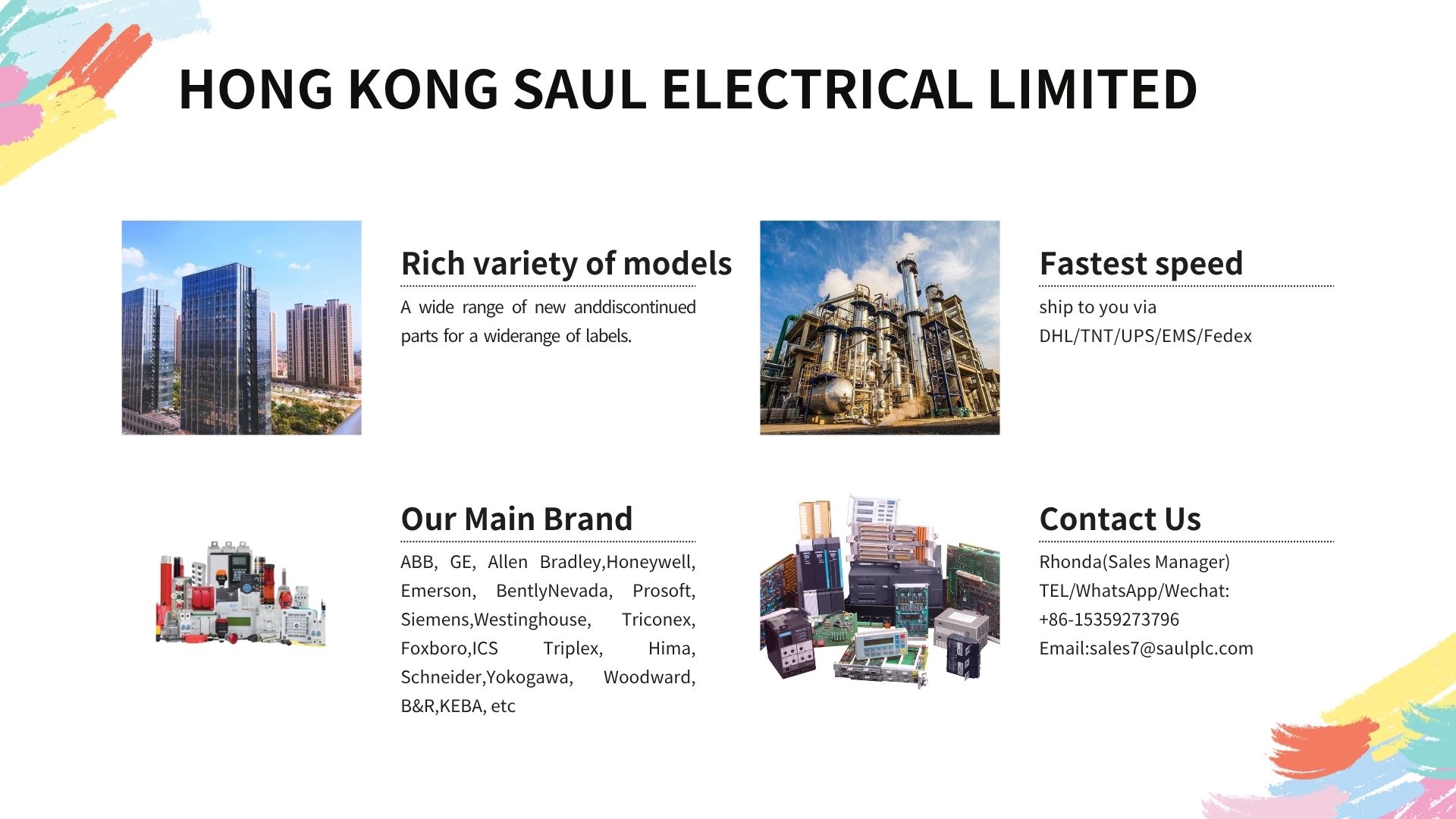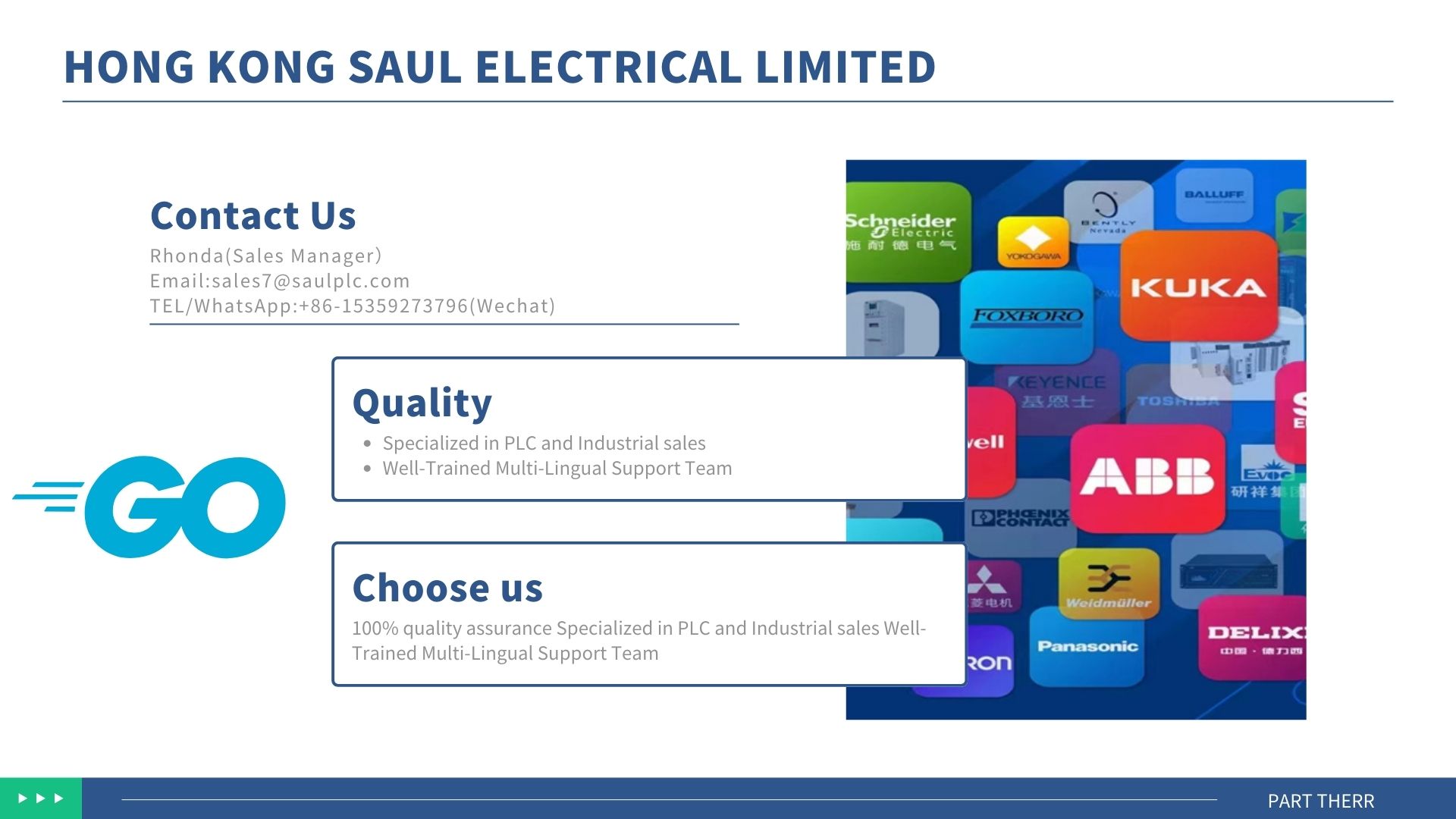Energy Efficiency: The Engine for a Sustainable Industrial Future
Global industrial change is speeding up. Energy supply and demand are increasingly unbalanced. Traditional energy use harms the environment, pushing industries to upgrade. Rising energy prices are also squeezing corporate costs.
In this scenario, improving energy efficiency is not just a quick fix. It’s a long-term way to balance economic, environmental, and social progress.
Recently, Mike Umiker, Executive Director of the Energy Efficiency Movement (EEM), visited China for the first time in his role. He shared global energy efficiency insights with Chinese companies. interviewed him to discuss EEM’s work and China’s part in global energy efficiency.
EEM: Growing From a Vision to a Global Network
EEM began in 2021. ABB and Alfa Laval started it to highlight energy efficiency’s importance. They wanted to speed up the use of existing high-efficiency technologies.
Today, EEM is an independent non-profit association. It has 600+ member companies worldwide, including 70+ Chinese firms from various industries.
EEM focuses on practical steps. Its Industrial Energy Efficiency Cases report suggests 10 measures. For example, using high-efficiency motors with frequency converters can cut energy use and costs. These steps can be deployed quickly and scaled up.
By 2030, such measures could reduce global carbon emissions by 11%. They could save the industrial sector $437 billion each year.
“Scale Is Now the Big Challenge”
“We have good technologies. The challenge is to scale them up,” Mike said. “That needs everyone in the industry chain to work together.”
ABB, a co-founder, leads by example. Its new brand, “Engineering True Progress,” uses engineering and digital tech to help industries work efficiently. This boosts energy and production efficiency, supporting sustainability.
Data Gaps: A Major Hurdle
Energy efficiency has big potential, but companies face obstacles.
Energy audits are well-established in China, and rules are clear. But energy management needs good data. EEM’s white paper says data issues are a top barrier.
46% of companies can’t get high-quality energy data. 39% don’t process data regularly, so management is in the dark.
Digital technologies like AI are fixing this. In Chinese industrial parks, AI energy audits and digital twins are common.
ABB uses AI for heating, steel, and ports. It analyzes power use, emissions, and operations to cut energy use.
Xinjiang Tianfu Energy Heating Branch works with ABB. Using data from 2,000+ frequency converters, ABB’s AI checks energy use and warns of problems. Since 2009, this has saved 70,000 tons of standard coal, cut CO₂ by 180,000 tons, and saved 18.054 billion kWh.
Global Collaboration: Learning From Each Other
Energy efficiency is a global issue. Countries and industries must work together.
Mike thinks each country and industry has strengths. Sharing these can help everyone.
EEM joins global energy talks. At the 10th IEA Global Energy Efficiency Conference, it held a CEO roundtable to encourage cooperation. It also publishes reports to help companies with funding, tech, and market access.
China’s Role: Leading by Example
China takes energy efficiency seriously. EEM works with Chinese companies to mix energy transformation and digitalization.
Dongguan Haoxin Precision Machinery is a great example. It used ABB’s solution for its book gluing line. Production went from 50 to 60 books per minute. That’s 20% more efficient, 15% less energy, and 20% better energy efficiency.
From “Must-Do” to “Want to Do”
Energy efficiency was once a policy requirement. Now, it’s a way for companies to stay competitive and grow. It involves technology, economics, the environment, and society.
With better tech, more collaboration, and stronger motivation, energy efficiency will drive industry to a more efficient, low-carbon future.
Contact Us
“Rhonda(Sales Manager)
Email:sales7@saulplc.com
Whatsapp:+86 15359273796
Wechat:+86 15359273796″









